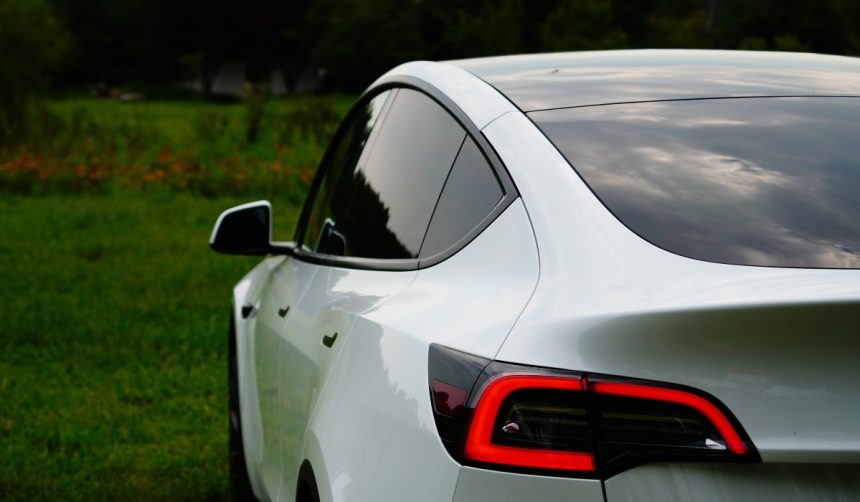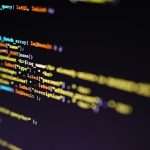Tesla’s Full Self-Driving (FSD) system is undergoing extensive trials, showcasing its adaptability in various urban environments. The latest demonstrations, captured on social media, indicate Tesla’s ambition to enhance its self-driving technology’s global presence. With a focus on safety and reliability, these tests reflect the company’s commitment to advancing autonomous driving technologies. The innovative spirit fueling these technological developments attracts attention while promising potential shifts in how mobility is approached in urban settings.
Tesla’s previous initiatives with FSD centered around perfecting the supervised version. Earlier trials displayed its evolving proficiency in handling complex terrains and traffic nuances. These tests align with Tesla’s efforts to refine technology before making it available for broad public usage. The company faced challenges in past evaluations, particularly concerning regulatory hurdles and safety assurances that remain critical focal points. Tesla continues to adjust its strategies to tackle these intricate obstacles amid growing competition in the autonomous vehicle industry.
How Did Tesla Highlight FSD Unsupervised Capabilities?
Recent showcases feature FSD Supervised as it navigates Melbourne and Parisian streets, capturing the complexity of urban environments. The system successfully performed Australia’s unique hook turn and deftly managed France’s Arc de Triomphe roundabout, confirming its ability to handle intricate maneuvers. Such feats highlight Tesla’s ongoing enhancements in software accuracies and predictabilities, emphasizing rapid advancements within the autonomous driving domain. These public demonstrations aim to bolster confidence in Tesla’s FSD capabilities while showcasing technical robustness.
What’s Tesla Planning Next in Austin?
Tesla anticipates launching a robotaxi service in Austin, utilizing its FSD Unsupervised technology. Model Y vehicles are poised to operate entirely on this advanced autonomous system, marking a significant milestone. Extensive trials have been conducted, focusing on safety protocols and operational reliability within Texas. This venture signifies Tesla’s first steps toward significant urban integration of driverless technologies, paving the way for subsequent implementations globally.
Why Are Safety Precautions Still Crucial?
Safety remains paramount, with rigorous testing and regulatory compliance acting as essential backbones of the rollout strategy. Despite impressive technological progress, Tesla emphasizes that FSD’s full operational capabilities require continuous development and legal clearances. The integration of emergency response collaborations within test phases further echoes Tesla’s conscientious approach. Constant evaluations ensure Tesla’s ongoing dedication to overcoming safety and regulatory challenges effectively.
Tesla remains a focal point in the autonomous driving sector, striving toward larger ambitions of widespread integration. While technological and regulatory challenges persist, Tesla’s methods of addressing these hurdles play a crucial role in defining its future trajectory. For stakeholders, understanding the complexities surrounding regulatory compliance and public safety ensures informed engagement with evolving autonomous technologies. Strategically, Tesla’s focus on robust demonstrations and calculated rollouts underscores its bid to influence the mobility landscape decisively.
- Recent Tesla videos showcase FSD’s capabilities in Australia and France.
- Upcoming Austin robotaxi project to utilize FSD Unsupervised technology.
- Safety and regulatory compliance are crucial in Tesla’s rollout strategy.










